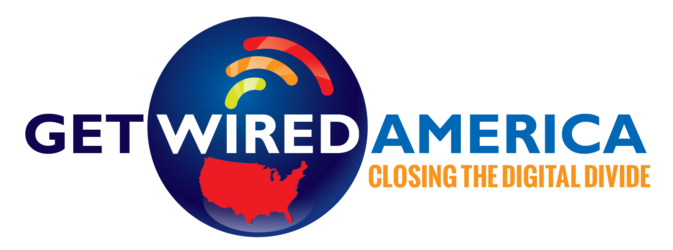Rural Broadband
Providing fast broadband to rural areas presents difficult technology and economic challenges.
The primary challenge is how to deliver access to broadband internet (defined as speeds greater than 25mps up and 3 down) at a cost that customers are willing to pay. Wireline solutions that work well in urban settings – fiber and Cable, DSL – can be prohibitively expensive in rural areas if not extended and used wisely with lower cost solutions. Homes and businesses near small towns are often too dispersed to make the rollout of high-speed fixed-line solutions economically viable. Fixed wireless technologies, while the best, have been unable to scale for a variety of reasons leaving satellite internet as the only option which is noted to be very unsatisfactory.
As a result, more than a third (37%) of rural Americans don’t have a broadband connection at home.
Delivering fast broadband to rural areas is not simply a matter of providing convenience or faster downloads. Access to fast broadband has profound economic implications. The rise of industries, such as precision farming, remote patient health care, e-commerce, smart energy, and the increase in online education, are only some of the ways fast broadband can transform the quality of life for rural populations.
One Approach to Deployment

Broadband Implications In Your Community

